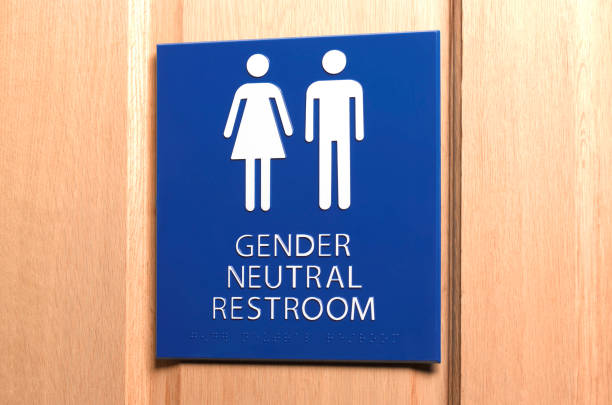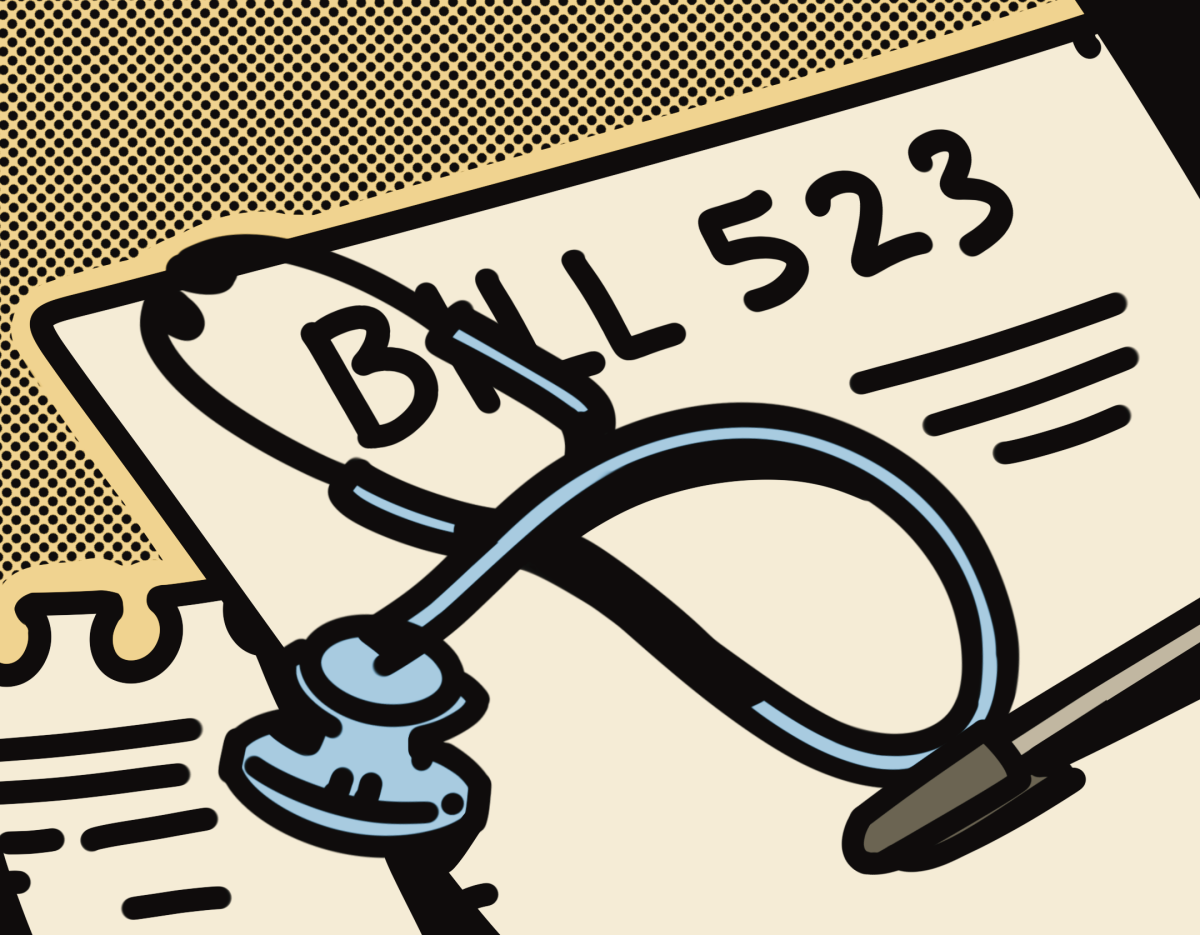Sarah Lightley/ The Broadside
On Nov. 1 the clock fell back, and everyone gained an hour of sleep. Some may have felt tired, their brain being foggy and maybe even feeling grumpy. The potential dangers that Daylight Savings Time brings are worth looking into, according to some medical professionals. An hour is gained because of Daylight Savings Time, but was that hour worth the risk?
Soon it is going to get darker. The added hours of darkness could cause health problems. Daylight Savings Time has been linked to Seasonal Affective Disorder, also known as seasonal depression. Seasonal Affective Disorder is a mood disorder that is similar to depression occuring at the same time every year, when the days get shorter over the fall and winter. The disorder occurs in climates where there is less sunlight at certain times of the year.
“Try as we might to exercise, watch what we eat and keep a healthy sleep schedule, the depressed mood, irritability and difficulty thinking and concentrating worsens. This is a clinical disorder, one that begins and ends at about the same time every year. It’s called Seasonal Affective Disorder,” said Deborah Serani, who is a doctor of psychology.
The negative effect of DST increases the symptoms of depression and if one already has depression already it could cause a “double depression.” When entering DST in the fall and/or exiting in the spring, medical professionals say it’s important to be aware of the potential mood swings and increase of depression symptoms.
Daylight Savings Time can affect hormone levels, causing dips in energy levels. The brain chemicals serotonin and melatonin are affected by sunlight, and if the human body is deprived of normal amounts of daylight, the body undergoes biochemical changes.
Jennifer Symonds, D.O., Family and Urgent Care Medicine, said this about the effects of DST on hormones, “With our time shifting for Daylight Savings Time to standard time and vice versa, our circadian rhythm is affected which in turn affects our hormone production, specifically looking at serotonin.”
With increase in darkness the hormone melatonin increases, causing people to feel drowsy and tiredness.
“With a change in serotonin, which is associated with some mental health disorders, these disorders can be triggered or worsened. It could also cause temporary changes in individuals not predisposed to mental disorders resulting in mood changes such as having a bit of nervousness or anxiety, feeling a little down, or that your brain is a bit foggy or absent-minded,” Symonds said.
Anxiety disorder symptoms can be increased, causing someone to be overanxious, being in this state constantly can be exhausting and can leave the body drained.
“As the hormones regulate back to normal in these individuals, these changes should resolve,” Symonds said.
“As serotonin is a precursor for melatonin, the circadian rhythm disruption disrupts sleep leaving many with a fatigue or hung-over feeling that lasts several days until the circadian rhythm regulates again.”
Alaska is a state that undergoes many months in the dark and its example of what could happen when a lot of time is spent in the darkness.
According to the article Alaskans Suffer From Lack Of Sun Disorder Pushes Many Into Depression, “Biochemical researchers have found that as sunlight exposure increases, more serotonin is produced, which is the pick-me-up and keeps us alert and happy. As exposure to sunlight decreases, there’s more melatonin, which is the sleep inducer, the naturally produced drug that helps ease people to sleep.”
There has been accounts of increases in suicide, anxiety, substance use disorder, cardiac issues, stroke, exhaustion and a disruption in circadian rhythms, because of the transition from DST to Standard Time.
Circadian rhythm does not simply regulate sleep-wake cycles, but also influences the molecular biology of individuals cells, organ systems and human behavior.
“Looking at the general population, there is an issue as the DST shift affects the circadian rhythm with many people complaining of either flat out fatigue or a hungover feeling,” Symonds said.
In the article Health implications of disrupted circadian rhythms and the potential for daylight as therapy, “Evidence suggests that if the circadian rhythm is experimentally disrupted in mice or men, metabolic syndrome and obesity, premature aging, diabetes, cardiac arrhythmias, immune deficiencies, hypertension and abnormal sleep cycles develop.”
Historically, Daylight Savings Time had a purpose in 1784. Based on the evidence above, Daylight Savings Time in 2020 may put many people’s health at risk.














